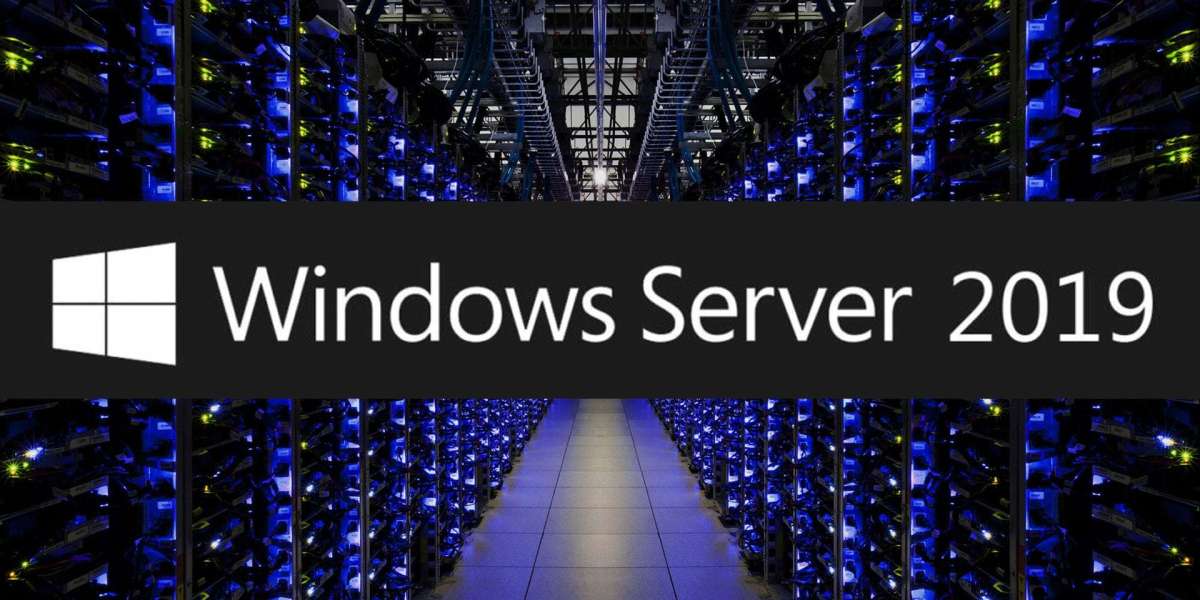Windows Server 2019 is the latest version of the server operating system released by Microsoft at the moment. Windows Server 2019 has three different editions: Essentials, Standard, and Datacenter. As their names suggest, they are designed for organizations of varying sizes and with varying virtualization and data center requirements.
Windows Server 2019 Essentials is perfectly suited for the needs of a small infrastructure, while the Datacenter edition offers the widest range of functions among all of Microsoft's other server operating systems. The purpose of this blog post is to highlight the main features of each edition and their requirements.
Windows Server 2019 Essentials: Key Features
It is worth noting that Microsoft encourages its users to move beyond Windows Server Essentials to Microsoft 365, the company's newest solution for small business customers. According to their documentation, Microsoft 365 offers new functionality for data storage, sharing, security, and more. Still, Windows Server Essentials has enough features to meet the needs of small infrastructures.
Like its predecessor, Windows Server 2016 Essentials, the 2019 edition allows integration with Azure Site Recovery services. This feature is meant to help you maintain business continuity in the event of a hardware or other failure when your virtual machine (VM) or its host is shut down. This functionality enables you to replicate a VM in real-time mode to a backup repository in Azure. If a disaster occurs, you can failover to the replica and resume your business-critical operations.
The Windows Server 2019 Essentials edition also makes it possible to integrate with Azure Virtual Network. Moving an organization's resources to the cloud can be a complex issue. The right approach is to allow enough time for this process and do it in a phased manner. In turn, Windows Server 2019 Essentials makes resources and processes running in Azure look as if they were located on your local network. This allows organizations to move their resources to the cloud seamlessly.
One of the things that differentiates Windows Server 2019 Essentials from the 2016 edition is that the experience role functionality has been removed. In practice, this means that all tasks related to management and configuration must be done manually. In addition, client backups and remote web access are no longer accessible.
Is Windows Server 2019 Standard the Golden Mean?
Windows Server 2019 Standard Edition is designed for physical or minimally virtualized environments. Generally, the Standard edition provides core Windows Server functionality (including, but not limited to, the functionality of Windows Server Essentials 2019).
The Standard edition enables hybrid operations in Azure environments. With this, the flexibility and performance of local file servers are preserved. Additionally, applications running in your local network can use a variety of innovations in the cloud, such as artificial intelligence or the Internet of Things.
When it comes to virtualization, Windows Server 2019 Standard includes permission for two OSEs (operating system environments) or VMs per license, plus one Hyper-V host.
Another notable feature is that the Standard edition only supports two Hyper-V containers. The number of Windows containers supported by the edition is unlimited. For reference, containers and microservices can be used to help you build cloud-native applications and modernize traditional ones. With this, Linux and Windows containers can be run simultaneously.
Another difference is related to storage replicas, which is a functionality that allows replication between servers for disaster recovery purposes. There is no limit in the Datacenter edition, while the volumes available in the Standard edition are limited to 2TB.
What is a Windows Server Data Center?
The Datacenter edition is tailored to the needs of highly virtualized data centers and cloud environments. It offers the functionality of Windows Server 2019 Standard and is free from its limitations. You can create any number of virtual machines, as well as one Hyper-V host per license. As mentioned above, the Datacenter edition supports an unlimited number of Windows and Hyper-V containers. Along with this, some more features are not available in any other edition of Windows Server.
The only feature that is offered in the Windows Server Datacenter is the Network Controller. It allows centralized infrastructure management and provides you with tools to monitor, configure, and troubleshoot your virtualized network environment in an automated way. Network Controller can be used to automate network configuration instead of manually configuring network devices and services.
Another feature that is available only in the Datacenter edition is Host Guardian Hyper-V support. It tells you if the host or enterprise is aware of the Hyper-V host in the fabric. Additionally, this service can help you manage the keys that are required to start a shielded VM. The offline mode of the Host Guardian service allows the shielded VM to be started if the service cannot be reached, however only if the security settings of your Hyper-V host have not been changed.
It is worth noting that the Windows Server 2019 Datacenter edition provides functionality for creating hyper-converged infrastructure. For now, it is considered one of the most cost-effective and scalable solutions for building a software-defined data center. Generally, the functionality of hyper-converged infrastructure allows you to consolidate computing, storage, and networking resources into a single cluster, which is a way to improve performance and save costs.
Top 5 New Features in Windows Server 2019
Windows Server 2019 continues to improve and add new features compared to the previous version. Here are listed the top 5 features of the latest version of Windows Server.
- Security improvements
- Easy migration with Storage Migration Service
- Windows Subsystem for Linux 2
- ReFS deduplication
- Windows Admin Center (WAC)
For now, the Windows Server Datacenter can be considered the most comprehensive version of the entire Microsoft family of server operating systems. Compared to the Standard edition, it offers the widest selection of tools and features with the fewest limitations per license. However, choosing the Datacenter edition is only advisable if your infrastructure is large enough to allow you to make full use of this edition's functionality.



